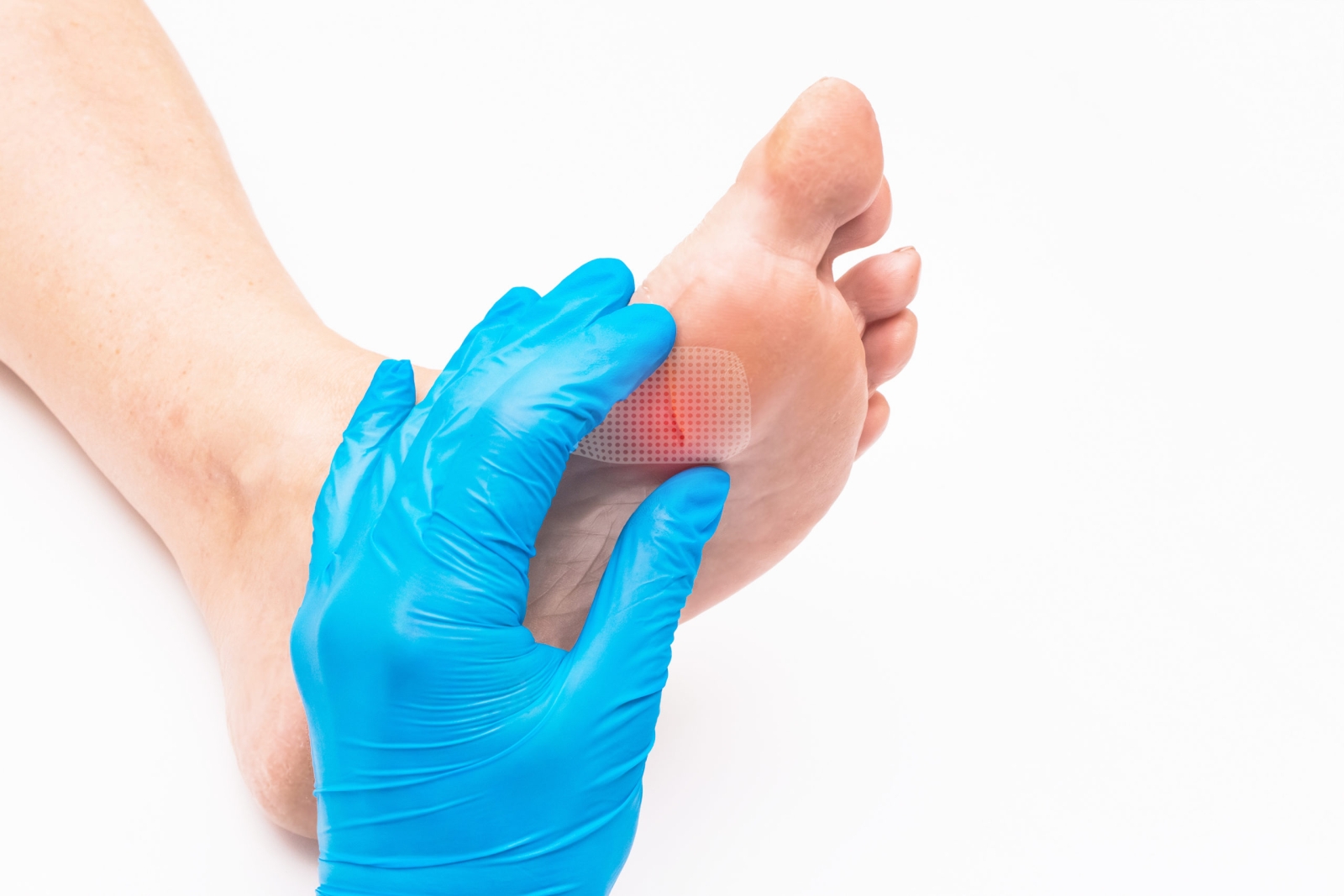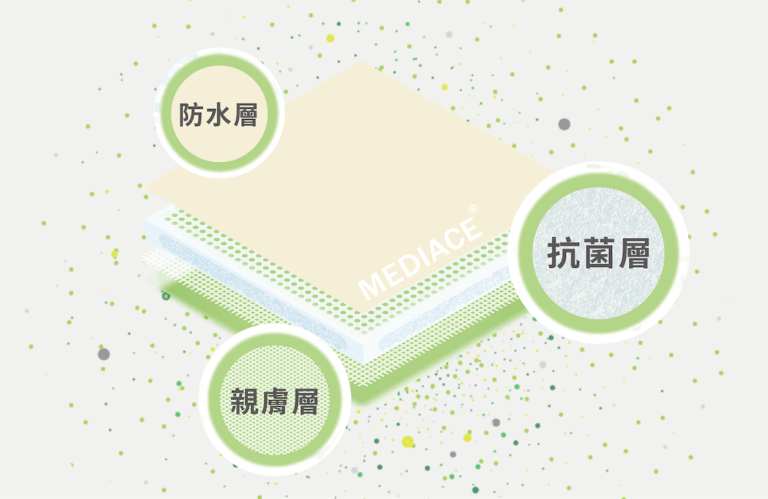

Dressings play a crucial role in accelerating wound healing. In addition to providing protection to wounds, in recent years, biotechnology companies have developed products that are effective in antibacterial properties or high absorbency, tailored to the various characteristics of wounds, creating an environment conducive to rapid recovery. Imagine using an inappropriate dressing; this could result in excessive wound exudate or sticking to the wound, causing discomfort during changes. Therefore, many biotechnology companies are investing in the development of new types of dressings to reduce the risk of secondary infections, enhance comfort in dressing use, and even improve drug delivery efficiency.
Novel dressings are therapeutic in the treatment of diabetic wounds. Patients with diabetes are more susceptible to bacterial growth in wounds due to high blood sugar levels, decreased white blood cell function, and impaired blood circulation, which hinders effective treatment delivery. According to statistics, 10% of diabetic patients develop foot ulcers, and 25% require hospitalization due to foot-related issues. Without proper wound care and treatment, these wounds can potentially lead to gangrene or worsen. Therefore, dressings can offer comprehensive protection and assist in treatment, allowing wounds to heal smoothly and prevent deterioration. However, different types of wounds correspond to different materials and components of new dressings. In some cases, skin allergies may occur due to the components. Hence, finding ways to expedite wound healing while minimizing adverse reactions has become a key factor in the competitive market. Currently, most dressings on the market use silver ions to enhance their antibacterial effects, but this type of dressing may cause allergic reactions and swelling in some cases. AMS BioteQ, to discover dressings that can match the effectiveness of silver ions while minimizing side effects, conducted repeated preclinical tests and developed the antibacterial dressing MEDIACE®.
The dressing is currently in the animal testing phase and is composed of antibacterial components extracted using the ExtrOTM patent technology, combined with AirAceTM. Chairman Dr. Yi-Ju Tsai of AMS BioteQ pointed out that in animal testing and clinical trials, this new type of antibacterial dressing has demonstrated effectiveness in inhibiting bacterial growth and wound inflammation. Furthermore, no side effects have been observed so far, especially when tested on diabetic mouse wound models, where it has shown promising results in terms of wound recovery. It is expected to be used in the future for patients with chronic wounds such as diabetic foot ulcers.
In addition to using new antibacterial ingredients, this dressing, due to its material change, possesses high absorbency and low adhesion characteristics. This means that it can absorb wound exudate without causing infection to the surrounding skin, and when removed, it won’t cause skin tearing, allowing for smooth dressing changes. While there are some low-adhesion dressings available in the market, they often have insufficient absorbency and are mostly suitable for wounds with low to moderate exudate. AMS BioteQ has pointed out that MEDIACE® can be used for wounds with exudate ranging from low to high. Furthermore, compared to using PU foam or hydrocolloid materials, AMS BioteQ’s antibacterial dressing uses gelatin as its material. Gelatin itself contains various amino acids that can accelerate cell repair when applied to wounds, providing a competitive advantage in the market.

Chairman Tsai mentioned that with the boom in the pet economy, the related market for medications has been on the rise. Currently, MEDIACE® is undergoing animal testing, targeting common pet infection strains such as Chlamydia, Aeromonas, Enterococcus faecium, Pseudomonas, and Escherichia coli. It has demonstrated significant antibacterial efficacy. In the future, this dressing will also enter the human chronic wound market, providing protection and adjunctive therapy for chronic wounds like pressure ulcers, diabetic foot ulcers, and difficult-to-treat cancer wounds.